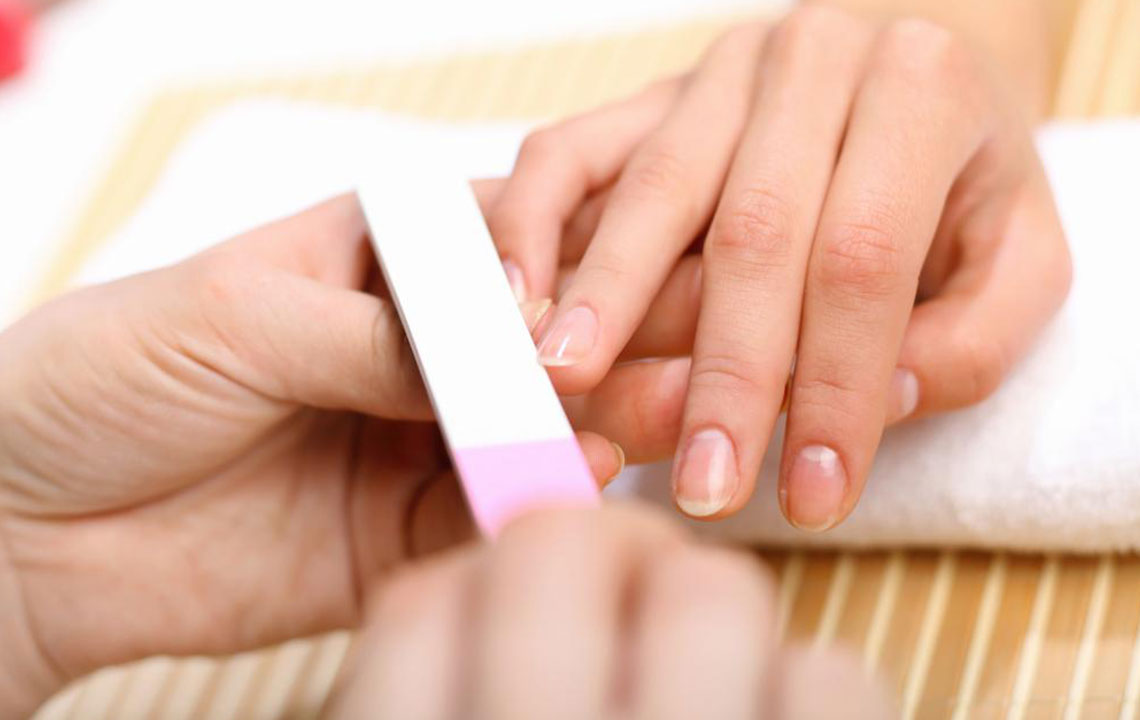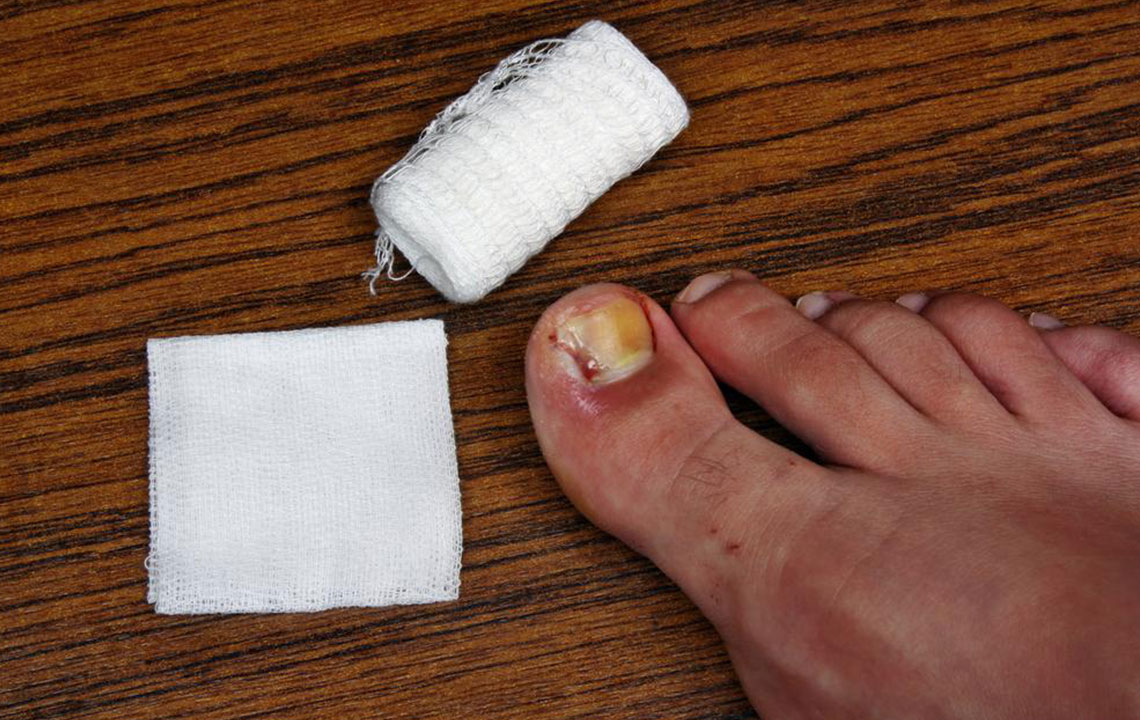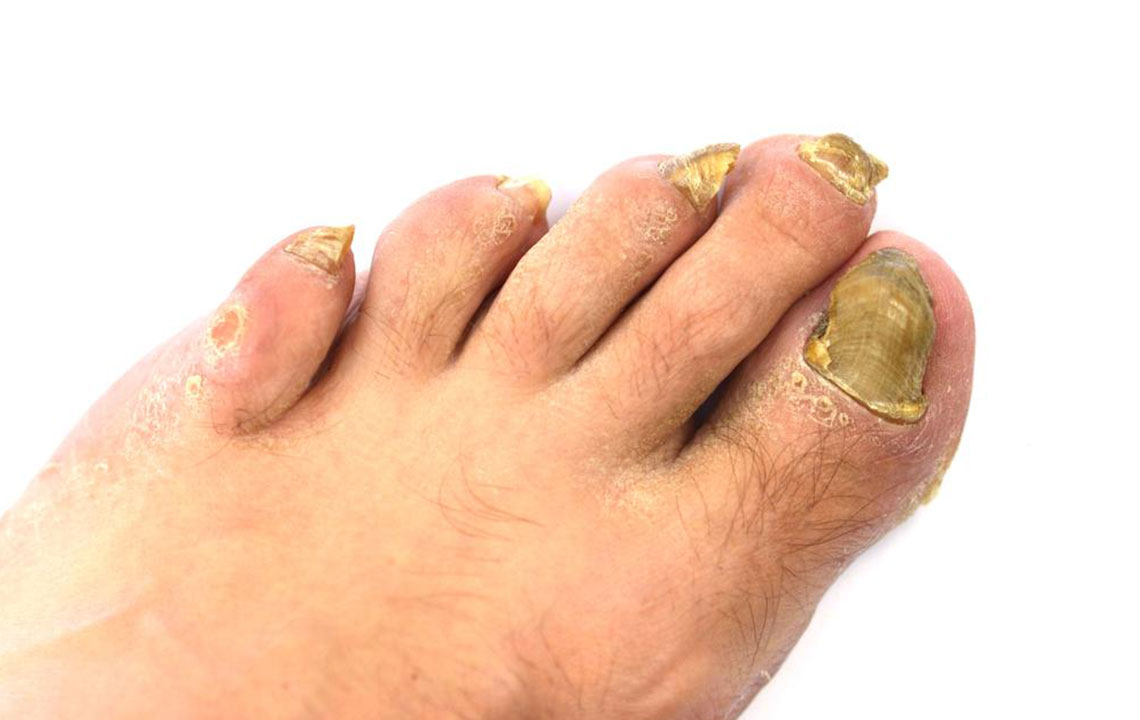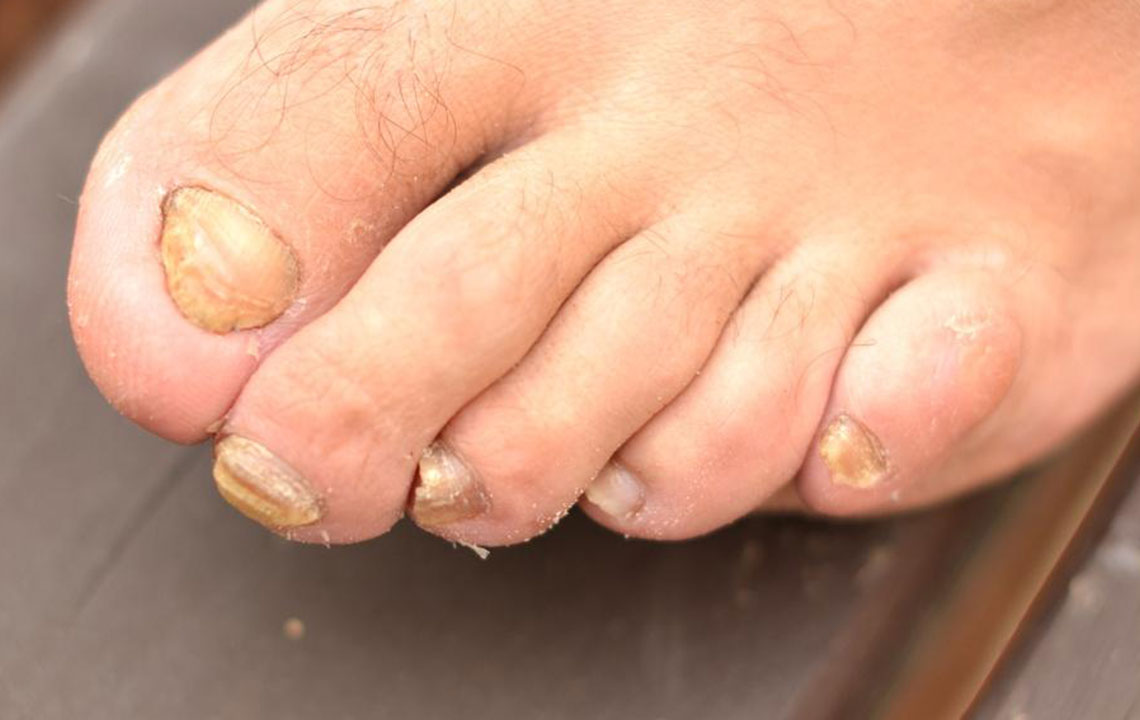Comprehensive Guide to Preventing Toenail Fungal Infections and Maintaining Healthy Feet
This comprehensive guide provides essential tips for preventing toenail fungal infections through proper foot hygiene, footwear management, and early intervention. Learn how simple lifestyle changes can protect your nails from fungal growth, ensuring healthy, strong feet. Suitable for everyone, especially active individuals and those at higher risk of infections, this article emphasizes prevention and early treatment strategies for maintaining optimal foot health.

Comprehensive Guide to Preventing Toenail Fungal Infections and Maintaining Healthy Feet
Maintaining optimal foot health is essential for overall well-being, yet toenail fungal infections remain a common and often overlooked issue. Many individuals tend to ignore early signs of infection, allowing the problem to escalate before seeking treatment. Fungal infections of the toenails can cause discomfort, aesthetic concerns, and even secondary health issues if left untreated. Prevention is always better than cure, and adopting proactive habits can significantly minimize the risk of developing toenail fungus. Understanding how these infections develop and implementing effective preventive measures is crucial for everyone—athletes, busy professionals, or anyone who wishes to keep their feet healthy and fungus-free.
Toenail fungus, medically known as onychomycosis, is caused by various fungi that thrive in warm, moist environments. The most common culprits include dermatophytes, yeasts, and non-dermatophyte molds, which invade the nail plate and surrounding tissue. The infection may initially present as white or yellow streaks or spots under the nail, gradually worsening and leading to thickening, cracking, or crumbling of the nail. This not only affects appearance but can also cause discomfort and difficulty walking if left untreated.
One of the primary reasons for fungal infections is poor foot hygiene combined with inappropriate footwear choices. Tight, closed shoes that trap sweat create an ideal environment for fungi to grow. Excessive moisture, sweat accumulation, and poor ventilation contribute directly to the risk. People who frequently use communal showers, gyms, locker rooms, or swim pools are at increased risk due to exposure to contaminated surfaces. Similarly, wearing damp or dirty socks and sharing footwear or nail grooming tools can facilitate fungal transmission.
Thankfully, simple lifestyle modifications and good hygiene practices can effectively prevent toenail fungal infections. Here are some essential tips to keep your feet healthy and fungus-free:
Trim Your Nails Properly: Always cut your toenails straight across using sterilized scissors or clippers. Avoid cutting nails too short or rounding the edges, as these habits can cause injurious splits or create entry points for fungi.
Rotate and Air Out Footwear: Change your shoes regularly, ideally daily, to prevent moisture buildup. Allow shoes to air out in a well-ventilated area before wearing them again. Consider using antifungal powders or sprays inside shoes for added protection.
Practice Good Foot Hygiene: Wash your feet thoroughly with soap and water daily, especially between the toes. Dry your feet completely, including the spaces between toes, to eliminate moisture that fungi thrive on.
Wear Breathable Footwear and Socks: Choose shoes made from breathable materials such as leather or mesh. Opt for moisture-wicking socks and change them daily, or more frequently if your feet tend to sweat excessively.
Use Open or Ventilated Shoes: Whenever possible, wear open-toe sandals or shoes that allow air circulation. This helps reduce moisture and keeps the environment unfavorable for fungal growth.
Avoid Sharing Personal Items: Do not share socks, shoes, nail clippers, or files with others. Personal hygiene items should be disinfected regularly and kept in a clean, dry place.
If you do notice early signs of toenail fungus, such as discoloration, thickening, or changes in nail shape, seek prompt medical advice. Over-the-counter antifungal creams, sprays, or powders can be effective for mild cases. For persistent or severe infections, a healthcare professional may prescribe oral medications, medicated nail lacquers, or recommend procedures like laser therapy to eliminate the fungus entirely.
Special considerations should be given to individuals with diabetes, compromised immunity, or vascular issues, as they are more susceptible to complications from nail infections. Regular foot examinations and early intervention are vital for these at-risk groups.
In conclusion, preventing toenail fungal infections involves a combination of proper foot hygiene, appropriate footwear choices, and diligent care. By being vigilant and adopting these habits, you can significantly reduce your chances of developing fungal infections, preserving the health and appearance of your nails and feet. Remember, timely treatment and good hygiene go hand in hand for healthy, fungal-free feet.




